Where to Celebrate Day of the Dead in México (El Día De Los Muertos) – 6 Culturally Rich and Best Places in México
Looking for where to celebrate Day of the Dead in México? You’ve come to the right post!
Day of the Dead is a time-honored celebration of life and death, and in today’s post, I’ll share the best places in Mexico to celebrate the Day of the Dead.
As a Mexican-American, I grew up learning and practicing Dia de los Muertos in my house and learning about my ancestors from peeking at the few photos that my mom had of deceased family members.
I fondly remember seeing her decorate the altar, placing their photos, and lighting their candles.
Many people may think that Día de Los Muertos, or Day of the Dead, is another version of a Mexican Halloween, but it couldn’t be further from the truth.
It’s a celebration that goes deep into the richness and history of Mexican Indigenous people as an event of celebrating those who have passed and the beauty of life and death.
It’s also a celebration with incredible traditions, food, and a sense of togetherness, especially with those who have passed, that I truly think should be experienced at least once in México.
In today’s post, I want to share a few of the best places in México to celebrate this time-honored tradition so you can make arrangements to visit these destinations during this special time to celebrate life and death unlike anywhere else.
Let’s get into it!
Plan Your Trip With My Favorite Resources
– Best accommodation site: Booking.com
– Book day tours here: Viator.com
– Purchase your travel eSIM: MayaMobile.com
– Browse my recommended travel essentials here: Travel Essentials For Your Next Trip!
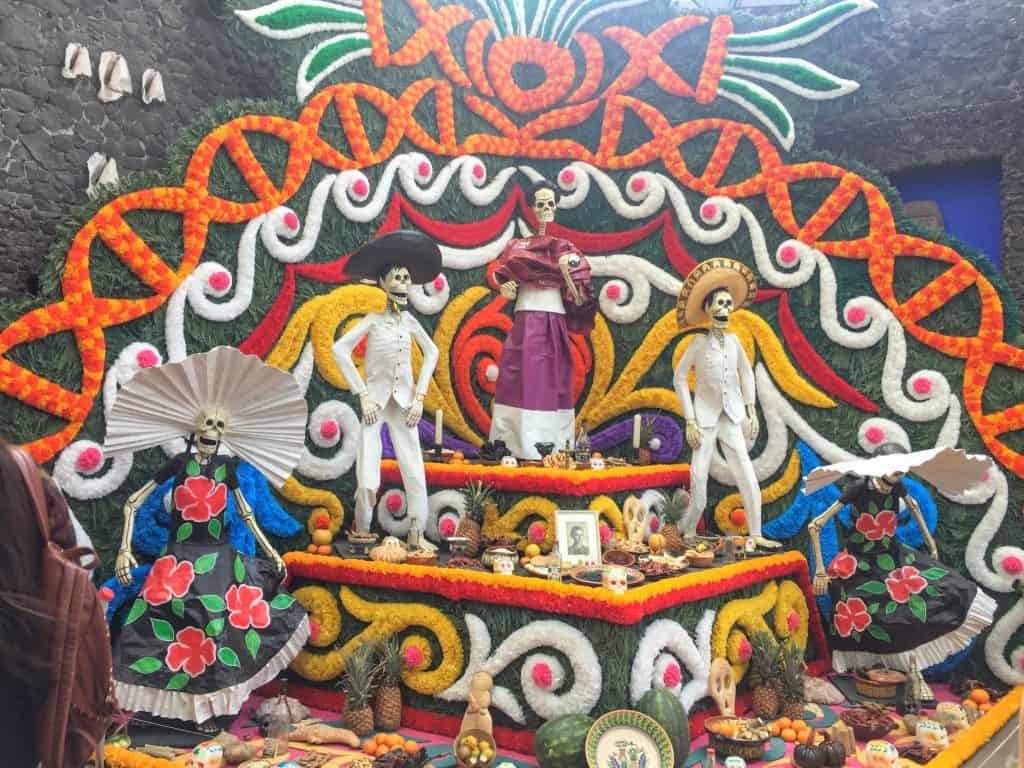
Where to Celebrate Day of the Dead in México (El Día De Los Muertos)
Michoacán
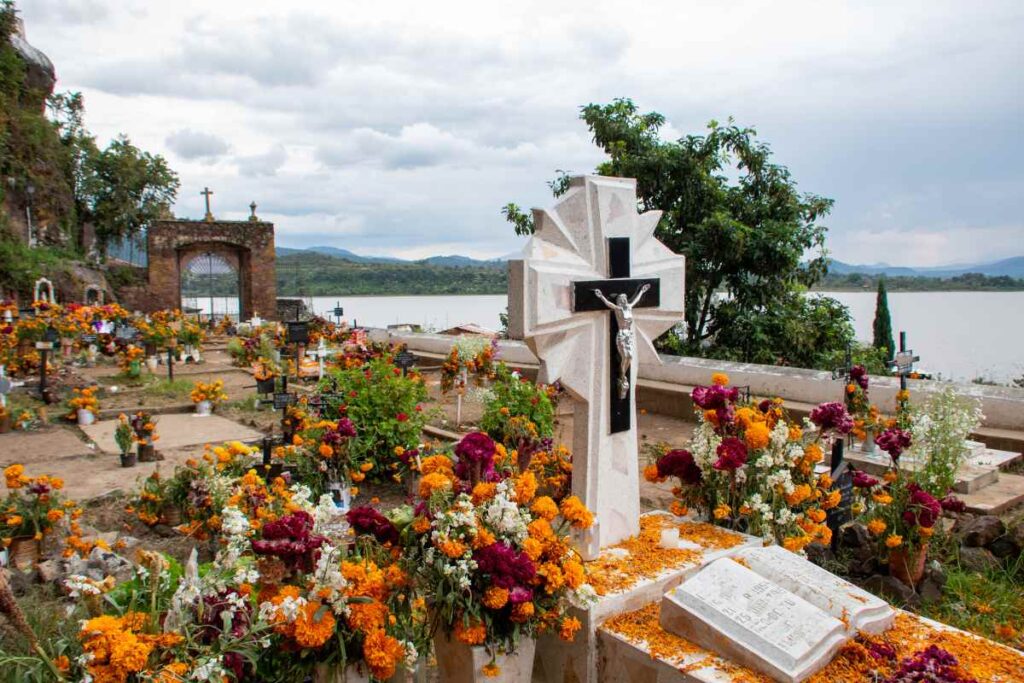
Michoacán is easily one of the most recognizable states within México to celebrate Día De Los Muertos, for its deeply rooted connection to the indigenous Purepecha people, who have celebrated Día De Los Muertos for thousands of years, to modern-day.
It is said that the movie Coco was inspired by the celebrations of Dia de Los Muertos that specifically take part in the village of Santa Fe de Los Lagos in Michoacán, where the beloved character of Mama Coco actually lives (the inspiration for the character)a descendent of the Purepecha people of the state of Michoacán.
So if the movie gave you interest in learning more about the celebration, Michoacán is a recommended stop.
Specific places within Michoacán to observe the celebrations include the Pueblo Mágico of Pátzcuaro as well as the island of Janitzio, where on the eve of October 31st, you will be the witness of cemeteries lit up in orange-gold.
>> Related: A Beginner’s Guide To Los Pueblos Mágicos de México
Chiapas
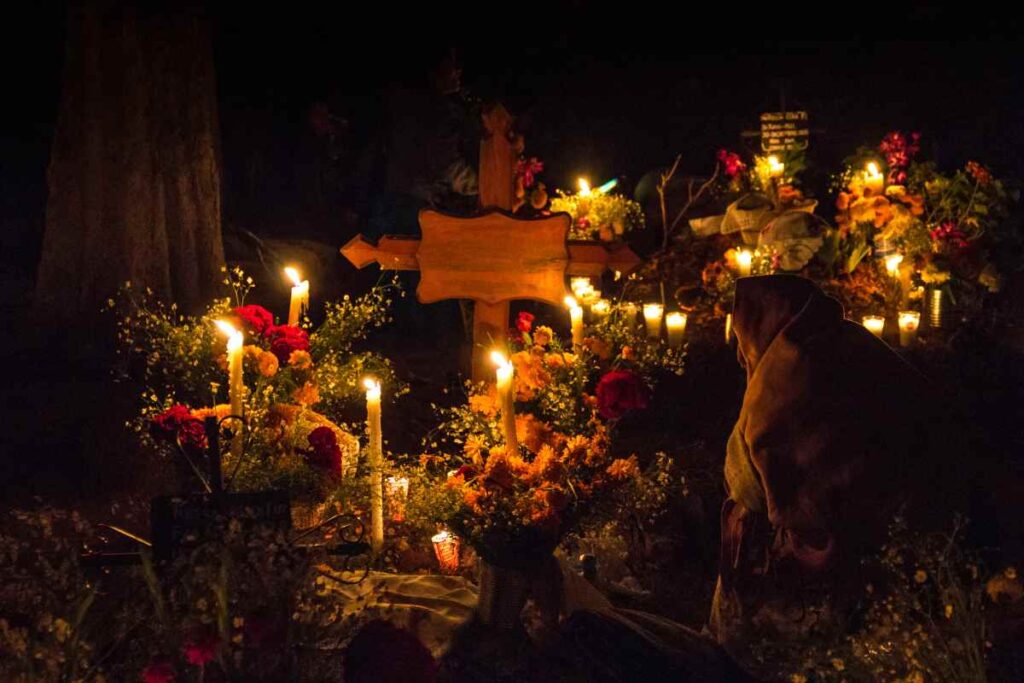
Another culturally beautiful, rich Mexican destination to celebrate Día De Los Muertos is the state of Chiapas, as the indigenous group of the region, called the Zoque, have preserved and maintained this time-honored celebration from pre-hispanic times, all the way to today.
The ornate altars welcome you, as well as you step into another world where the living and dead intermix.
The altars are decorated with various levels, each signifying an important step in the process of death.
The tallest level represents the actual entrance into the underworld, which is often decorated with fruit.
The second level is meant to symbolize the sacrifice and pain of the son of God with a cross that is placed here, along with photos of other deceased family members.
The third level holds the food items that the deceased person enjoyed while they were alive. Candles, papel picado, and flowers decorate the altar on all levels.
Each state and region decorates its altar differently, with each level representing something different, such as air, water, and soil, as a representation of our connection to the earth and our return to it.
Other altars represent the Father, the Son, and the holy spirit, while others represent the actual journey of death, with the different levels of “ascension” in order to get to celestial peace and eternal rest.
Oaxaca
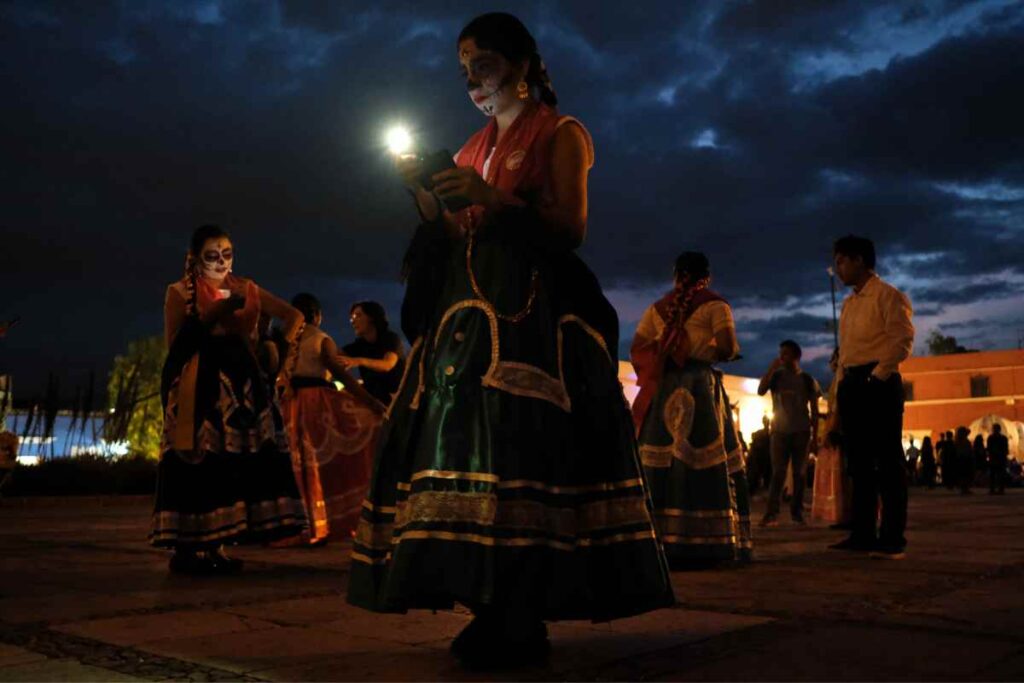
Oaxaca is already such a beautiful state with an extremely rich cultural tie that is both visible and tangible.
During the celebration of Día de Los Muertos, you’ll be mesmerized by the cempasúchitl flowers on strings that hang from the houses and guide people and spirits to the cemetery.
Food being such an important piece to the celebration of el Día De Los Muertos, Oaxaca and Oaxacans deliver by offering their dead a national treasure they are known for, mole on the altars, as well as chocolates.
The beauty of the manmade sand tapestries full of colors, decor, and enchantment are also not to be missed!
The emotions overcome visitors with the sound of soft guitar and murmurs of the families.
Come to view the extremely beautiful ofrendas or offerings such as food, drinks, and flowers, stay for the moving connection between families and their deceased, and observe a different outlook on death and passing on.
Specifically, you can visit the village of Xoxocotlán and the cemeteries called Panteón Viejo and Panteón Nuevo.
Most of the action takes place in the cemeteries, so you definitely want to visit them. If you feel a little unsure of how to enjoy the experience or you want to absorb the history and rich celebrations at the cemeteries, then check out a tour of the cemeteries.
Lastly, I wanted to share this video that I think encapsulates a bit of the essence of why and what it means to celebrate the Day of the Dead, from the people of Oaxaca.
This video is such a good visual to compliment the post that I hope can help you understand a bit more.
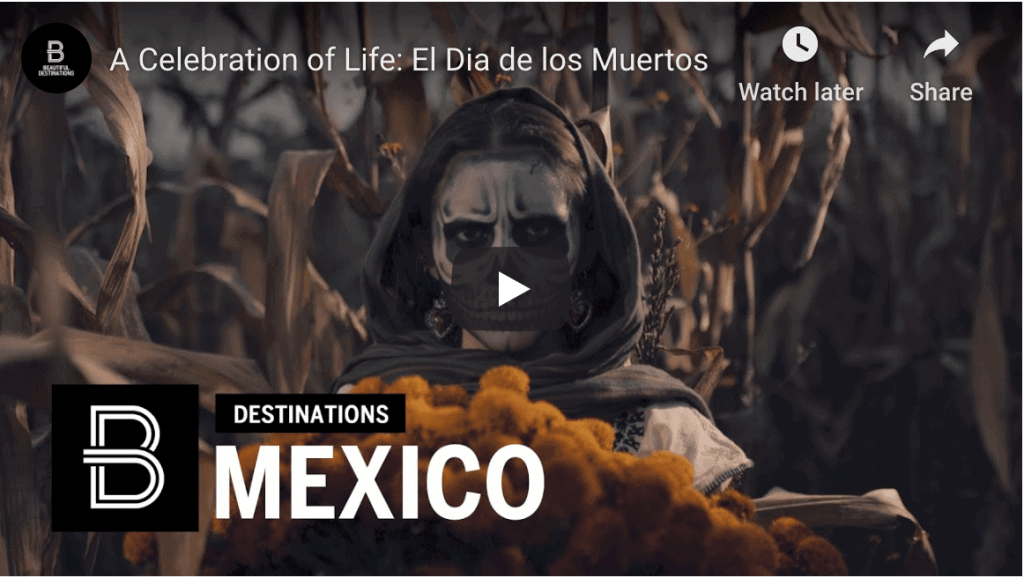
>> Read More: 5 Beautiful Reasons To Visit Mexico – Especially If You’re Mexican American
Guadalajara
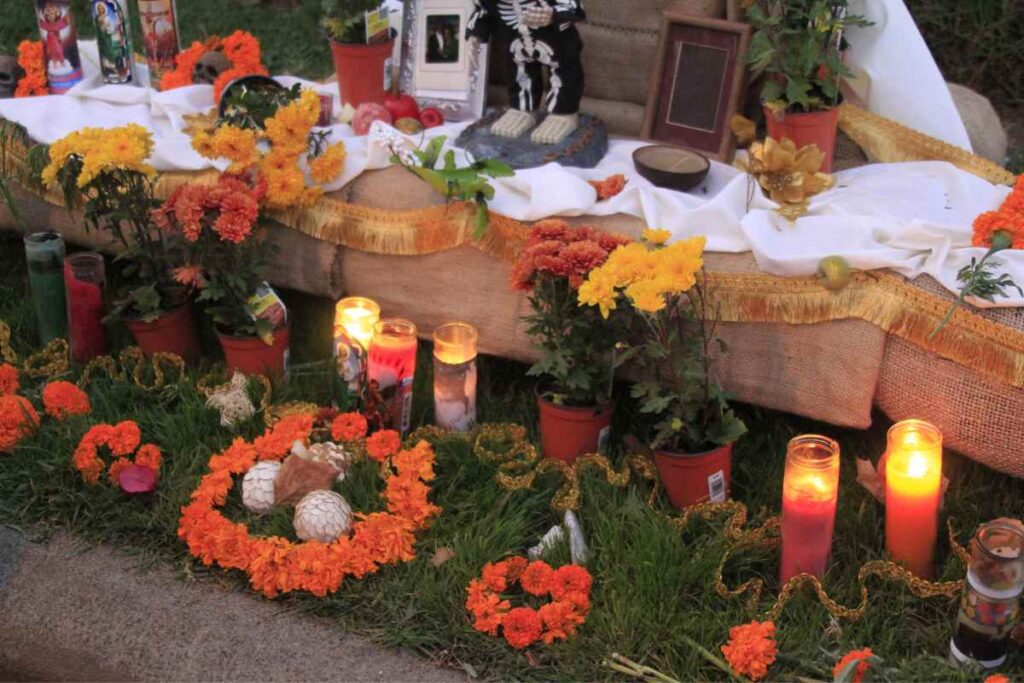
Guadalajara is another beautiful and amazing place to experience Dia De Los Muertos, especially if you’re into fun that involves amusement parks and adrenaline.
In Guadalajara, you can find Calaverandia – a theme park inspired by Coco, the movie with calaveras (neon skulls), music, ofrendas, campasúchitl flowers, rides, and more!
This year (2024), the theme park will open starting October 25th, which is a great activity to add to your Guadalajara itinerary!
Additionally, in the city of Tlaquepaque, you can find and join their parade of calacas and catrinas, carriage rides with characters in full Catrin outfits, face painting for all, as well as a catrina brides (brides with their faces painted as catrina) contest to see who has the most creative outfit! It’s full of fun, especially if you have children.
México City
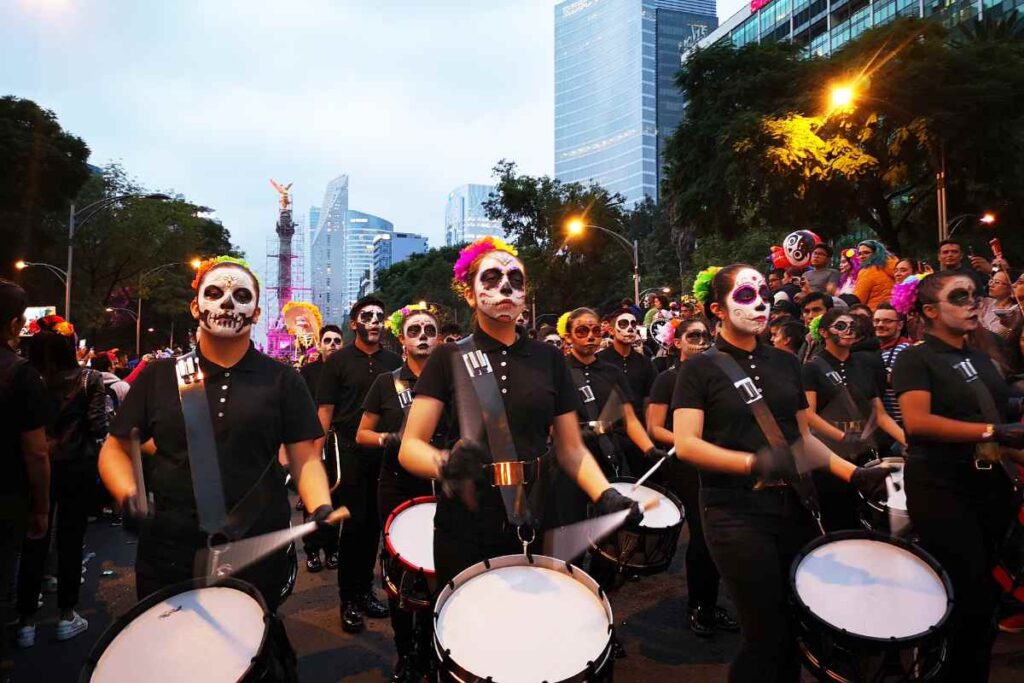
México City, while being a cosmopolitan city with all the modern amenities that any other world-class city can offer, diversity, culture, museums, food options to throw up in the air, history, and a whole lot of things to do,
México City is actually also a great place to experience such a deeply rooted and traditional celebration as Day of the Dead.
Here, you don’t want to miss The Alebrijes parade, an almost 4-mile-long parade that begins at El Zócalo and ends at Chapultepec.
This parade is one that, in past years, has attracted around 2 million people, so yes, it’s a pretty big deal and one that many people wait for in anticipation each year.
A showcase of la calaca, la catrina, and now characters from the movie Coco, you won’t find a shortage of amazement, beauty, and colors at this festival that embraces life after death.
To get a little out of the city’s hustle and bustle, experience Dia de los Muertos in Mixquic. Mixquic is a short distance from México City, making it a perfect day trip to experience the rich celebrations of the Day of the Dead with ornate alters, music, traditional food, and an overall beautiful experience.
>> Read More: 4 Days In Mexico City – The Complete Guide For First-Time CDMX Travelers
Yucatán
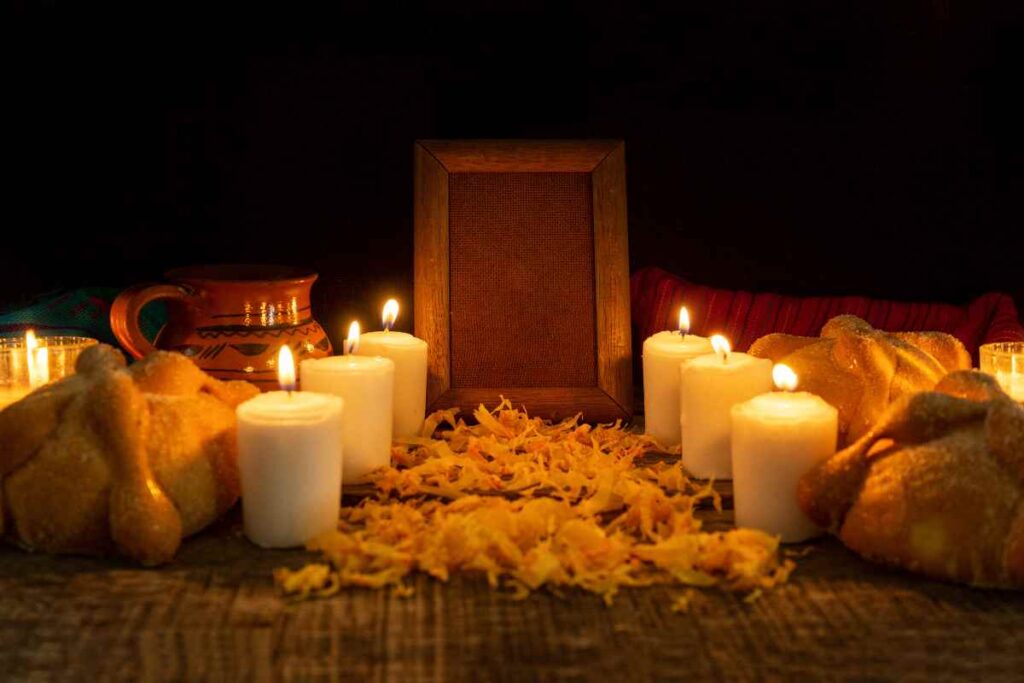
Experiencing Day of the Dead in Yucatán is to experience it the Mayan way, which includes a lot of food and a different name to the celebration of life and death.
In Yucatán, Day of the Dead is referred to as Hanal Pixán, meaning food for the souls, and is a celebration that is specifically observed in the state of Yucatan.
A “walk of the souls” or Paseo de las Animas is what kicks off the celebrations on October 31st, which leads all it’s participants to the local cemetery (in the towns where Hanal Pixán is observed).
Food being literally in the name of this celebration, one of the most popular foods that are traditionally eaten on this day is this local delicacy called Mucbipollo, or chicken that is cooked underground and is wrapped in banana leaves (resembling a tamale).
The celebration more or less resembles the way Day of the Dead is celebrated all over the country, however, depending on some cities in Yucatan, there will be additional parts to the celebration.
In the town of Pamuch for example, families will gently clean the bones of their loved ones (those who have passed away at least 3 years ago).
The connection of the celebration of Hanal Pixán to it’s original people, the Mayans, is a tradition that has been deeply cherished, celebrated, and embraced by generations in time.
This video does a beautiful presentation of what Day of the Dead means for Mayans.
Quintana Roo
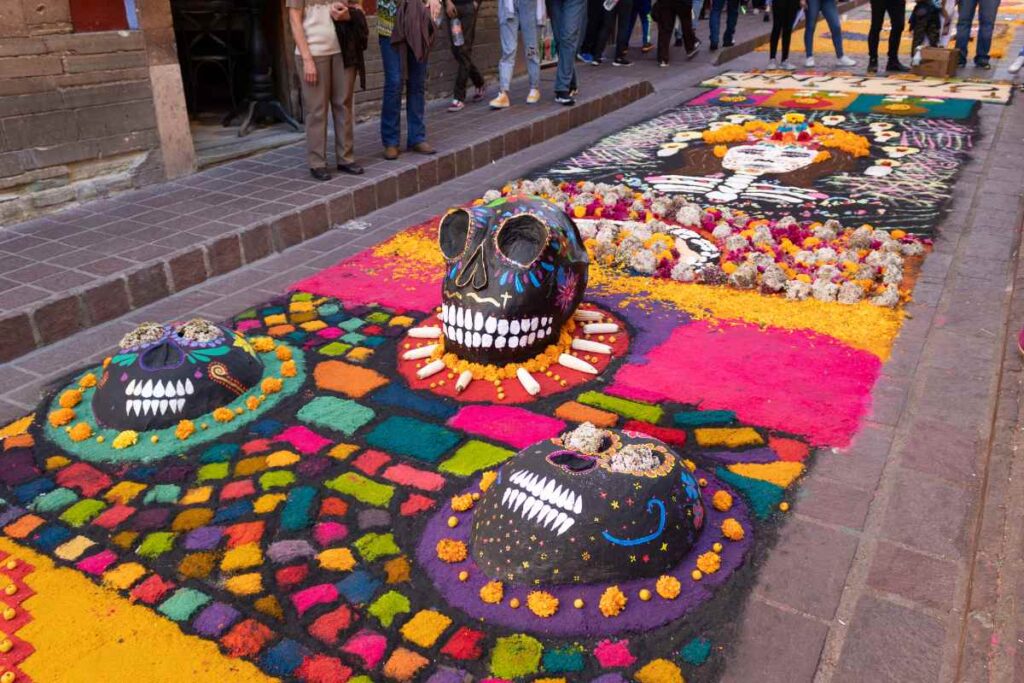
A bonus destination I wanted to add if you’re looking for a place to celebrate Día de Los Muertos but you don’t want to go to a cemetery -the famous Xcaret Park in Cancun for the Festival of Life and Death is the place for you!
If you visit between October 31st and November 2nd, you will experience quite an amazing show put on by professional dancers, acrobats, and so much more. It’s a show not to be missed if you’re in Cancun!
Additionally, you’ll get to experience the beauty of the altars dressed in orange cempasúchitl and the beautiful colors of papel picado and candles, as you walk through the beauty yourself.
Again because of the pandemic, the park will be postponing this celebration, but again, I wanted to bring it up for future reference!
What is Day of the Dead?
Día de Los Muertos is an indigenous celebration that dates back to pre-Colombian times, around 3,000 years ago.
Typically and traditionally celebrated in August, after the Spanish conquest, the indigenous groups in Mexico had to change the month in which they celebrated their dead to the beginning of November so that it would coincide with the Catholic celebration of All Saints Day.
Día De Los Muertos is a celebration that changes the perception of death from being something typically dark, grim, and scary, to something natural and a part of the natural life cycle.
The Aztecs used to view life and the universe in a cyclical pattern, which of course, included death as an important milestone in completing the overall cycle that we are all part of.
The celebration that usually takes place on the eve of October 31st, as it is believed that is when the gates of Heaven open up, goes on to be celebrated for 2 days. November 1st, which is called Día de Los Inocentes or Day of the Innocents, is the day in which children spirits re-enter the world, and re-visit with family, while November 2nd is the day when adult spirits can rejoin their families.
Why do Mexicans celebrate Day of the Dead?
Mexicans observe this event as a symbol of the completion of the cycle of life and death.
It is done to honor, remember, and connect to those they have lost, and in a way, spend time together as they believe that on the eve of November 1st and 2nd, their spirits are able to cross over to Earth, and be with their loved ones.
Is Day of the Dead celebrated everywhere in Mexico?
Yes, almost every state in the country celebrates Day of the Dead in their own way, from north to south.
Some states within the country, as we will cover in this post, are known to celebrate Day of the Dead in different and unique ways, such as with parades and processions, specific decor and traditions, specific and special foods only available in that part of the country, and more.
Day of the Dead is a celebration that dates back to pre-Hispanic times, therefore, it’s very deeply rooted in the culture of Mexico.
What two cultures does the Day of the Dead combine?
Day of the Dead is a combination of two worlds merging together during the Spanish conquest.
It is a fusion of what they called the new world and the old world – pre-Hispanic, indigenous spiritual beliefs of what happens after death, and the imposition of the Catholic religion from Spain.
The Spaniards during the conquest of Mexico evangelized many indigenous people, which meant that they had to renounce any spiritual beliefs that were not Catholic, including the observance of the Day of the Dead.
Today, Day of the Dead is a fusion of catholic influence and indigenous roots.
How is Day of the Dead celebrated?
Today, all throughout México, as well as other countries in Central and South America and the Caribbean also celebrate their dead in unique ways.
In various parts, they may refer to it as Día de Los Difuntos (difuntos is another word for deceased) or in the case of Haiti, where during the first 2 days of November, they celebrate their loved ones with The Vodou Festival of Fete Gede.
Back in México, families clean and decorate their family member’s graves with a flower called, cempasúchitl (marigolds) as it is believed that the brightness of the cempasúchitl is visible enough for the spirits to find their way back to their families, while the flowers themselves also represent the fragility of life.
Families bring their deceased family member’s favorite food, candles, their favorite drink, and anything else they really enjoyed in life, and sometimes even anything they usually wore or held precious to them such as a hat or various other accessories.
This is all placed on altars that are created by each family for their family members.
Altars are usually built right on the grave, or sometimes in the family’s home with a table.
While you can observe and experience this celebration, which was named a UNESCO intangible cultural heritage in 2008, in pretty much any region of the country, there are some standout places that really offer a unique, culturally rich, experience.
The Wrap-Up: Where to Celebrate Day of the Dead in México (El Día De Los Muertos) – 6 Culturally Rich and Best Places in México
Is there a place that catches your eye?
Day of the Dead is a very interesting celebration, to say the least, and one that when I have shared and explained to other non-Mexicans, they go from shocked, to heartfelt.
I was once asked by a non-Mexican if Mexicans get sad when they lose someone?
I answered of course we do, it’s just that celebrating both life and death in many ways is a coping mechanism, as well as a connection to our lost loved ones.
Death is not a fun topic to talk about, but it’s an inevitable part of life – and I think that Mexico and many other Latin American countries that celebrate life and death this way, have developed a way to culturally see death as an inevitable in life, and something that shouldn’t be feared.
Let me know in the comments below where you’d go to observe Day of the Dead!
And if you’ve been to México during these days before, what was your experience like?
To many more cultural moments like these ✨
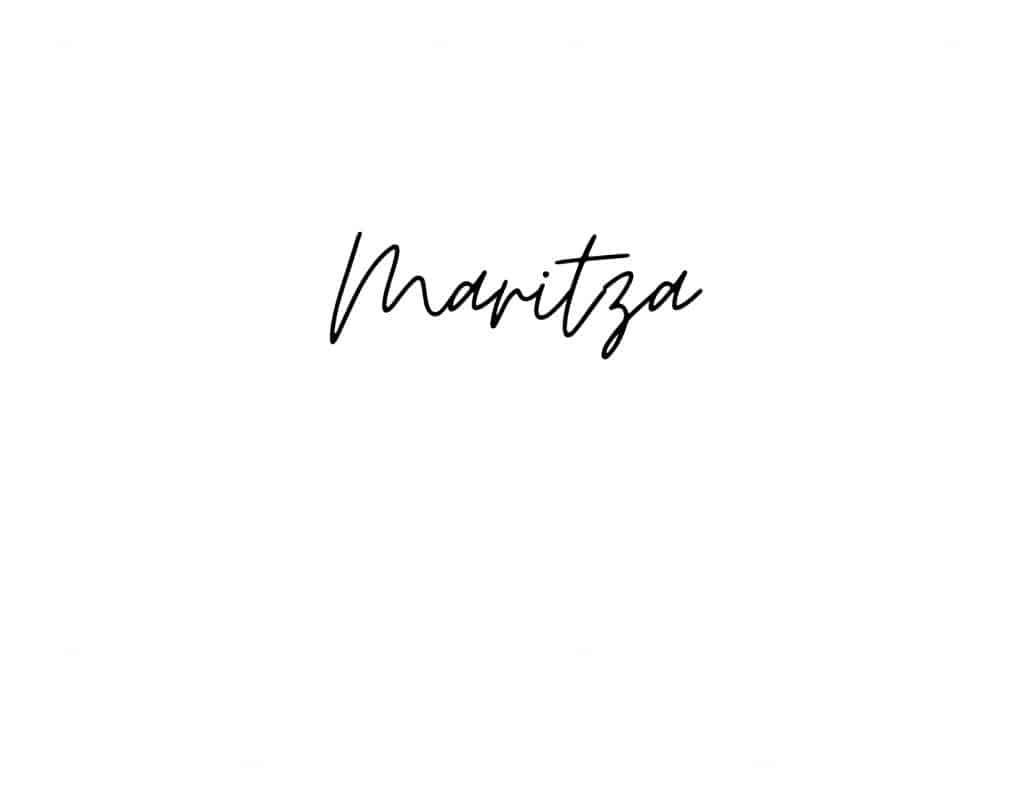
Like it? Pin it!


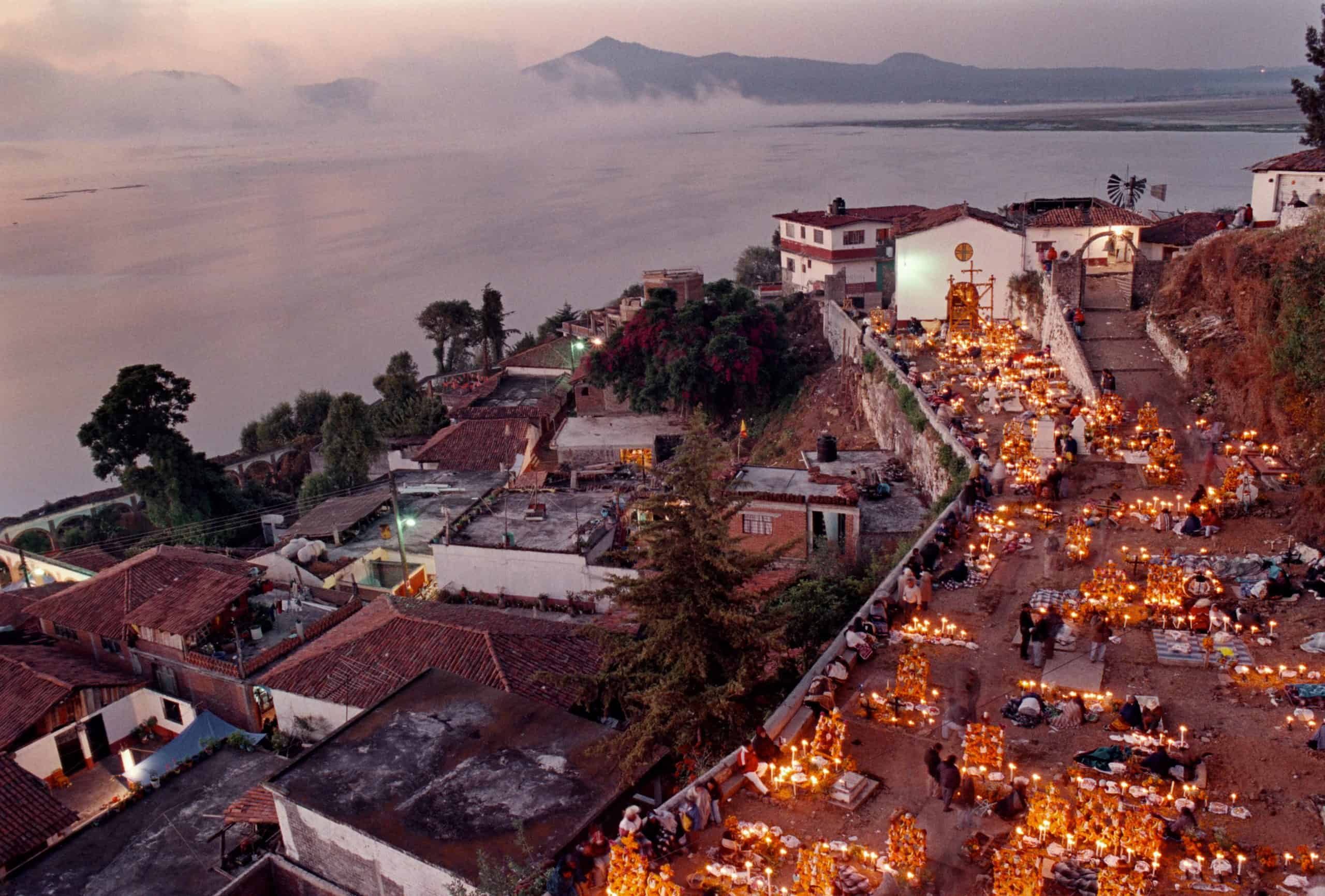

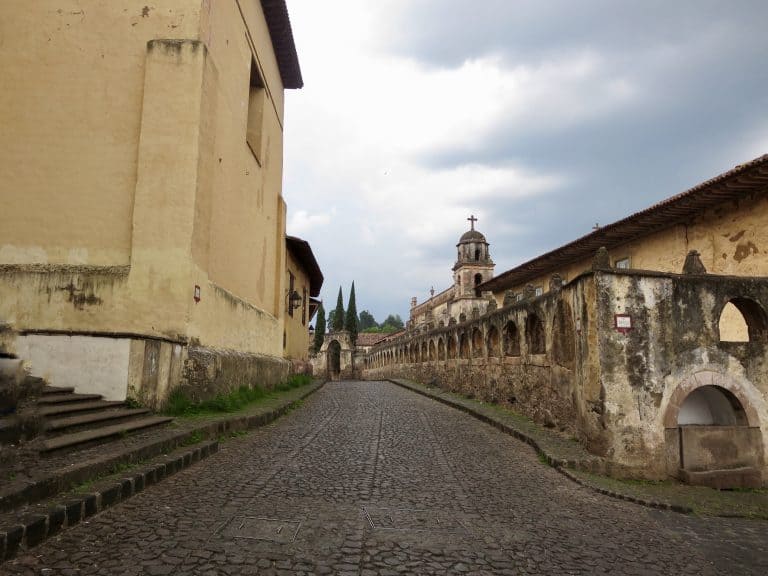
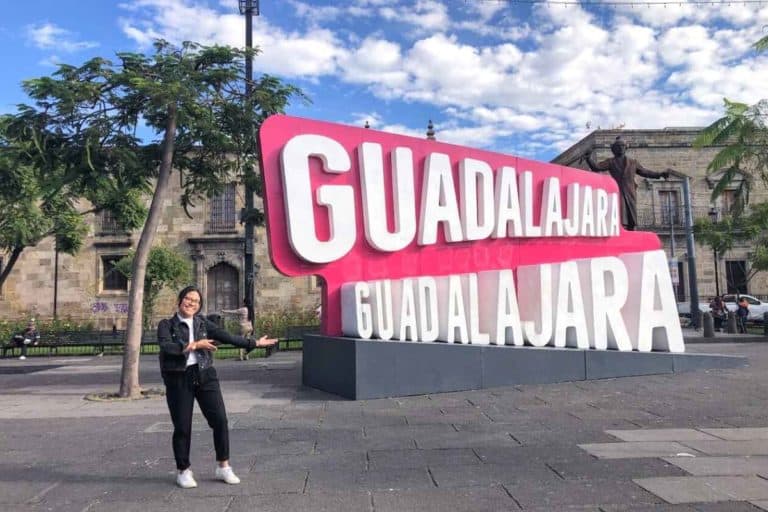
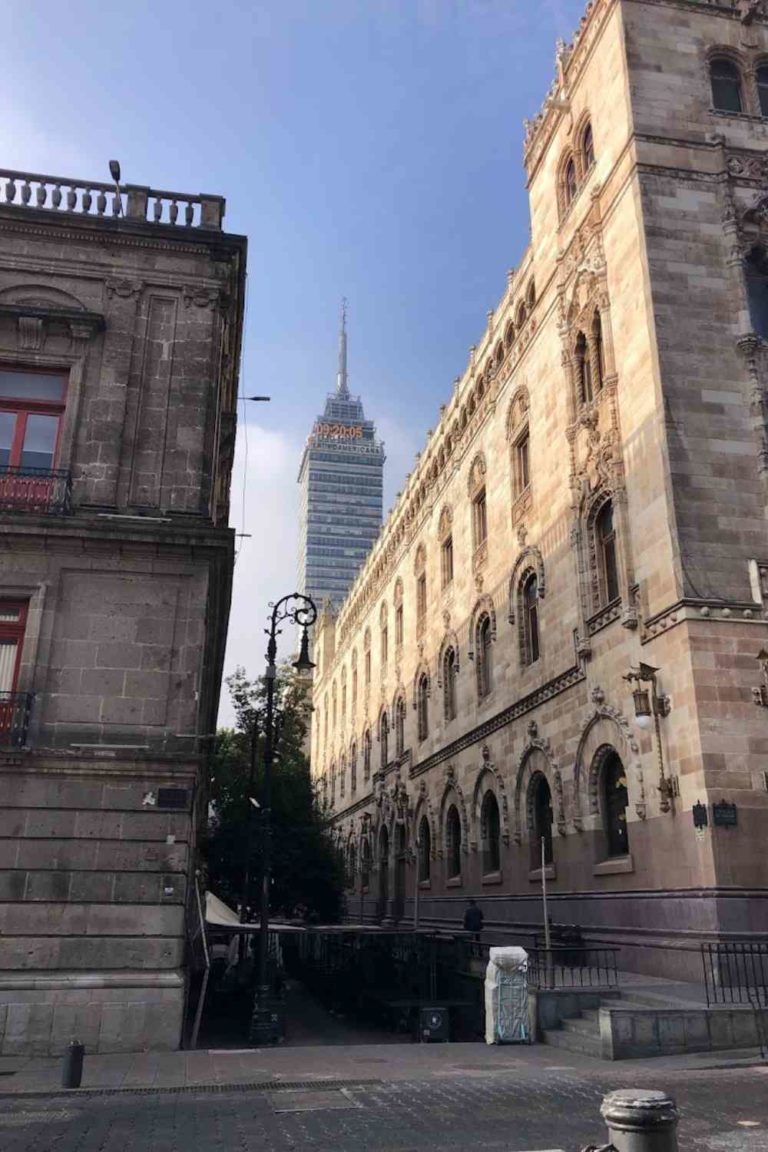
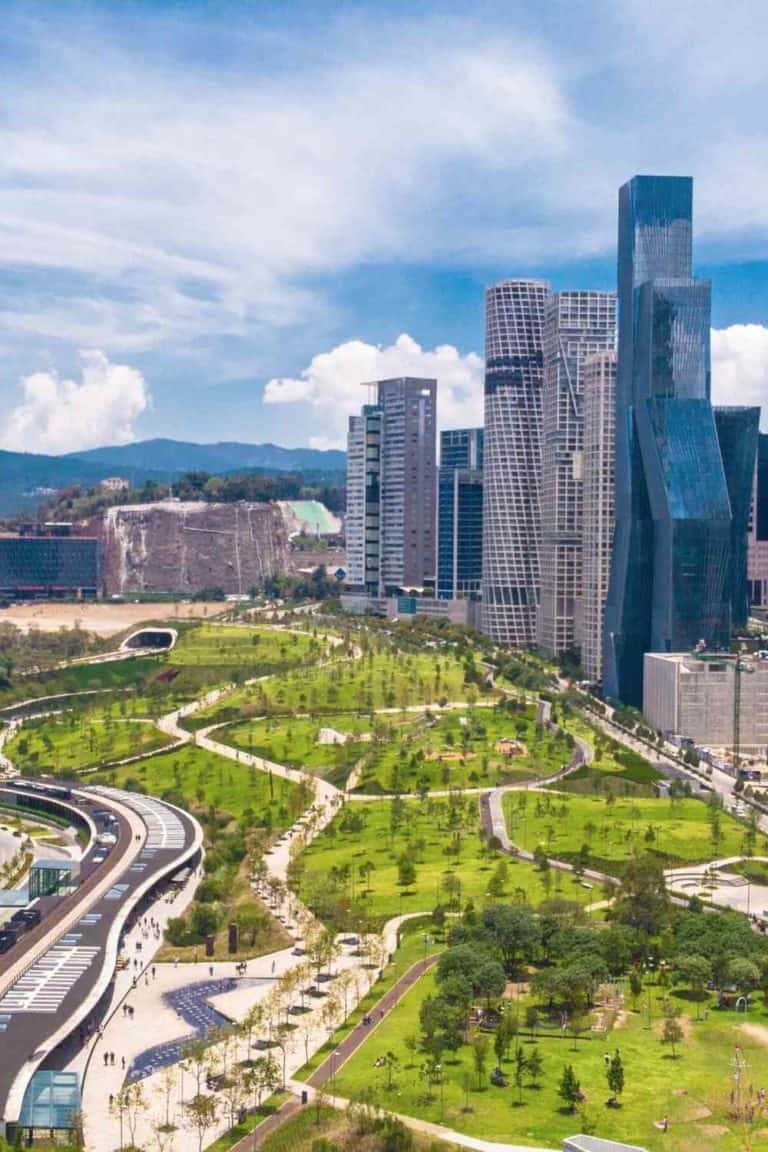
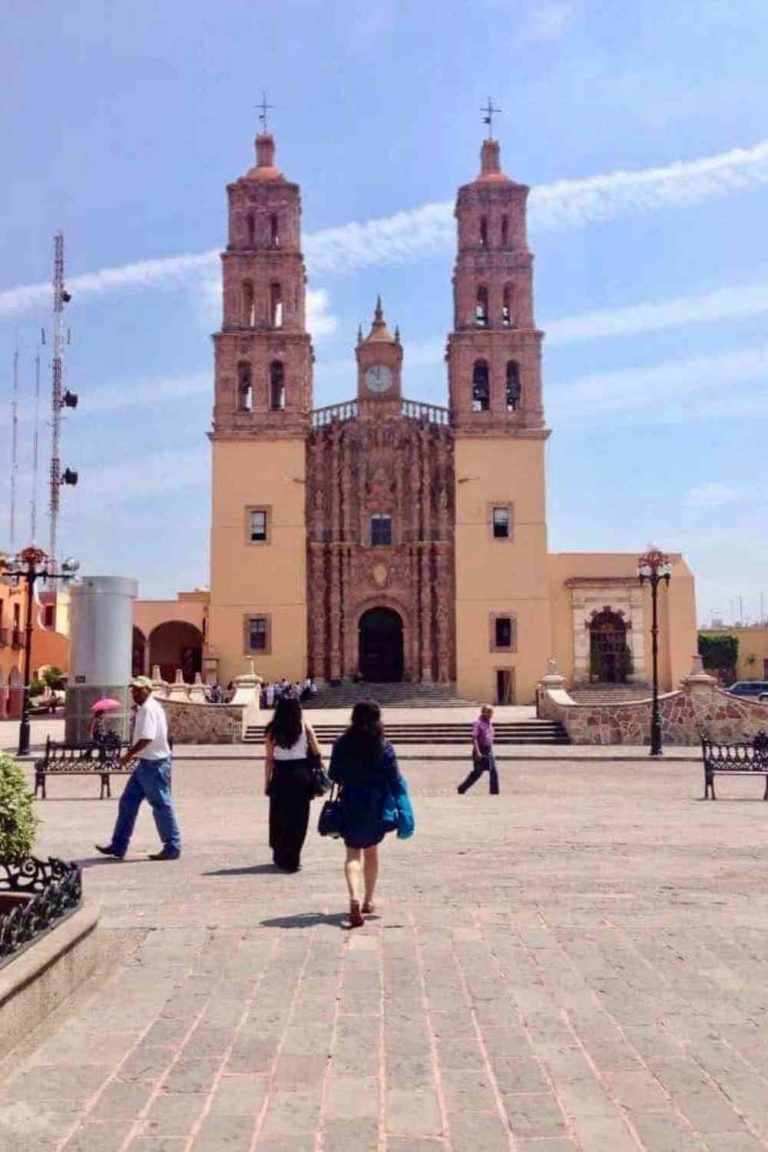
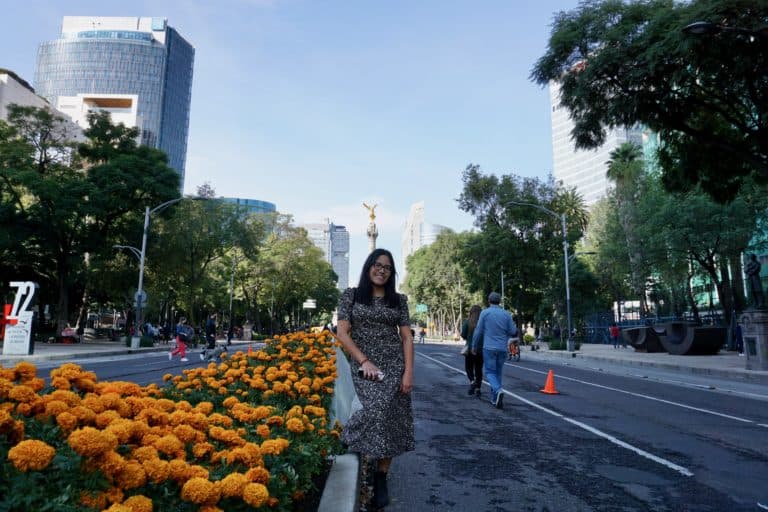
Our kids went to a Spanish school and learned all about this! We love celebrating this holiday, especially having the alter. We’ve talked about traveling sometime to where it’s celebrated more (we live in Florida), so this handy! Thanks for the information.
Thank you, Jewels! I am happy to hear that this post was helpful for you and hopefully, you and your family do get to experience this celebration up close one day ☺️